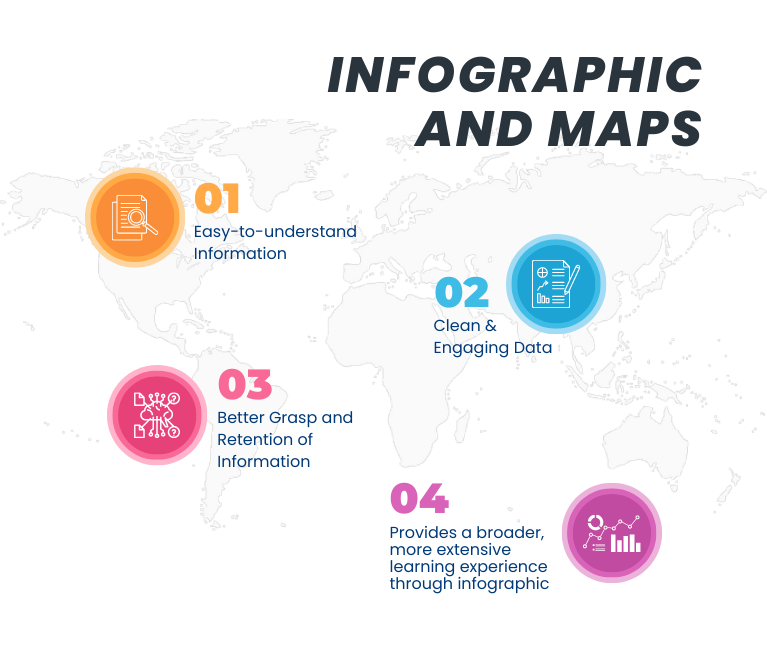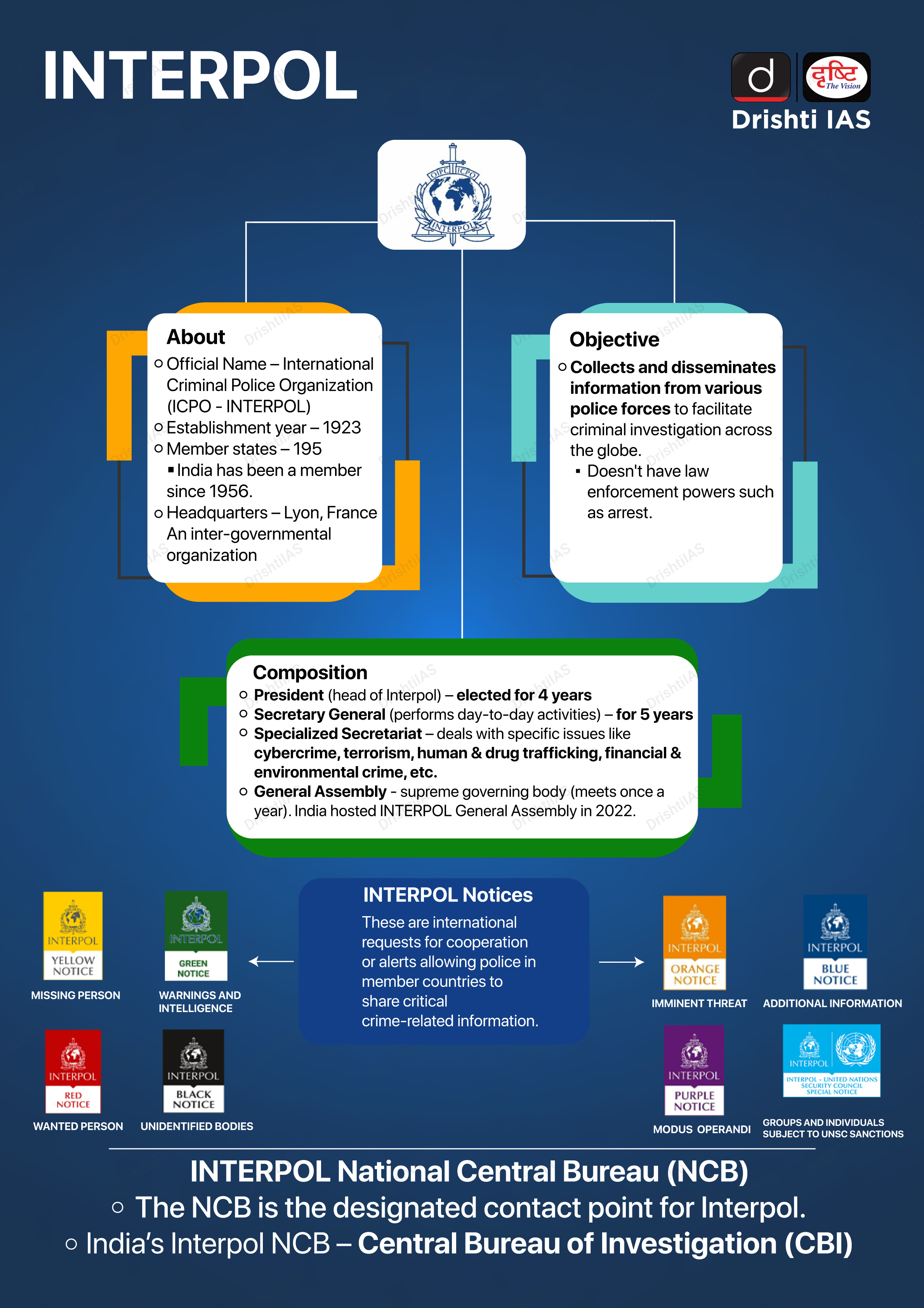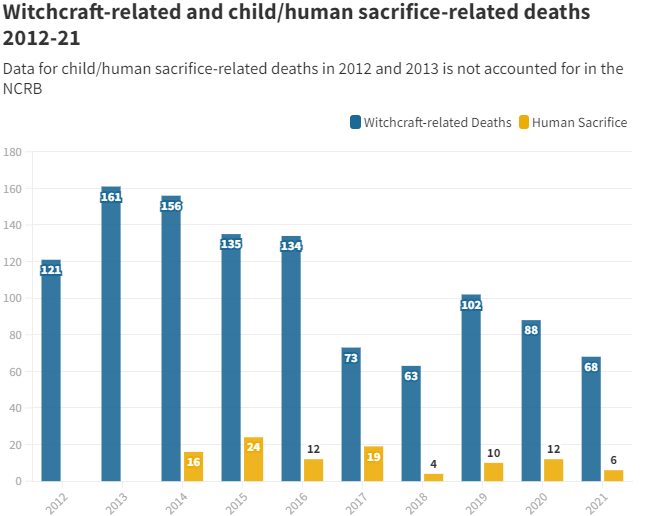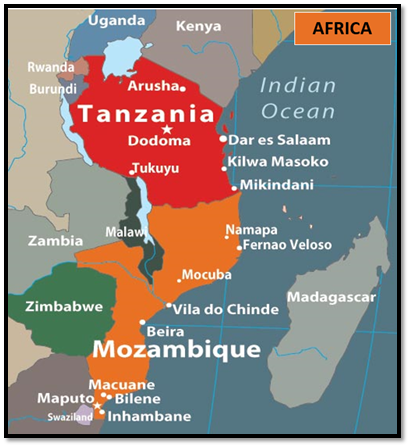Infographics
Governance
India’s Biggest Hyperscale Data Centre
For Prelims: 5G, Yotta D1, NIC, e-Governance
For Mains: Need for a National Data Centre Policy, Role of Data Centres in e-Governance.
Why in News?
While inaugurating north India’s first hyperscale data centre ‘Yotta D1’, the Chief Minister of Uttar Pradesh explained that the state achieved the target of installing 250 MW of storage capacity with an investment of Rs 20,000 crore within a year of launching its data centre policy.
What is Yotta D1?
- About:
- Yotta D1, built at a cost of Rs 5,000 crore, is the country’s biggest and UP’s first data centre.
- It is spread over an area of 3 lakh square feet at the upcoming Data Centre Park in Greater Noida, Uttar Pradesh.
- Yotta D1, built at a cost of Rs 5,000 crore, is the country’s biggest and UP’s first data centre.
- Significance:
- The data centre will increase data storage capacity of the country, which until now stood at 2% only despite the fact that 20% of the world’s data is consumed by Indians.
- It is also expected to increase Gross State Domestic Product (GSDP) significantly while creating new avenues for investment and huge employment opportunities.
- Yotta D1 features Internet peering exchanges and direct fibre connectivity to and from global cloud operators, making it extremely useful for global connectivity.
- Yotta D-1 will be the first pillar of North India's 5G revolution.
- India's data analytics industry is estimated to reach more than $16 billion by 2025. Therefore, paying special attention to promoting investment in data centre infrastructure is a step in the right diretion.
- The presence of a data park would allow big companies like Google and Twitter to have a data centre for hosting, processing and storing data.
- With 5G and edge data centres rolled out from this centre, consumers will get easy access to videos and banking facilities at a fast pace.
What is the Growth Story of India’s Data Industry?
- Impact of Covid-19:
- The current size of the India data centre industry is ~USD 5.6 billion and the unprecedented Covid-19 crisis propelled the data centre business providing an unexpected tailwind.
- Technology adoption and digitization across the sectors were fast-tracked globally and India also leap-frogged at least a decade in the past couple of years.
- The lockdown and subsequent restrictions became a massive catalyst for digitisation across the sectors like banking, education, and shopping etc.
- This led to increased use of data consumption and internet bandwidth across the country.
- NIC Data Centres:
- The National Informatics Centre (NIC) has set up state-of-the-art National Data Centres (NDCs) at NIC Headquarters in Delhi, Pune, Hyderabad and Bhubaneswar and 37 small Data Centres at various State Capitals.
- The first Data Centre was launched in Hyderabad in 2008.
- These NDCs form the core of e-Governance Infrastructure in India by providing services to various e-Governance initiatives undertaken by the Government of India.
- The foundation stone of the first NDC for North Eastern Region (NEDC) was laid by in Guwahati, Assam in February 2021.
- The National Informatics Centre (NIC) has set up state-of-the-art National Data Centres (NDCs) at NIC Headquarters in Delhi, Pune, Hyderabad and Bhubaneswar and 37 small Data Centres at various State Capitals.
- Present and Upcoming Data Centres:
- Currently, there are about 138 data centres (DCs) across India with at least 57% of the current IT capacity being in Mumbai & Chennai.
- The primary colocation data centre area in India is Mumbai with its location facing the west coast making it well connected to the Middle East and Europe due to multiple submarine cables landing there.
- The Indian DC industry’s capacity is expected to witness a five-fold increase involving investments of Rs 1.05 -1.20 lakh crore in the next five years.
- Over 45 more data centres are planned to come up in India by the end of year 2025.
- In terms of IT capacity (nearly 1,015 MW), over 69% of this planned new supply will come up in Mumbai and Chennai, with 51% in Mumbai alone.
- There is additional potential of nearly 2,688 MW of future unplanned supply in India.
- Currently, there are about 138 data centres (DCs) across India with at least 57% of the current IT capacity being in Mumbai & Chennai.
- Legal Provisions for Data Centres:
- The Ministry of Electronics and Information Technology plans to introduce a National Policy Framework for Data Centre soon under which it plans to offer incentives worth up to Rs 15,000 crore.
- A Draft Data Centre Policy was also introduced in 2020.
- However, some states like Tamil Nadu, Telangana, Uttar Pradesh, West Bengal and Odisha have their own State Data Centre Policies.
- The Ministry of Electronics and Information Technology plans to introduce a National Policy Framework for Data Centre soon under which it plans to offer incentives worth up to Rs 15,000 crore.
Way Forward
- India is poised to create up to $1 trillion of economic value from the digital economy by 2025, and North India is already a preferred destination for Fortune 500 companies.
- Recognising the region's potential and underserved data centre demand, continued investments in data centres will lay a robust foundation for the Digital India growth story.
- Companies, worldwide, are relooking where they would like to relocate and where do they want to manufacture, distribute and set up their database and technology facilities.
- Data centres are currently a fulcrum for a lot of the decision-making, especially in Asia Pacific and in India.
- India has potential for establishing new projects, however, this capacity must be judiciously released into the market to ensure price stability.
- For India to become one of the major hubs of data centres, there is a need to bring down power costs as electricity is one of the major costs of running a data centre.
- It is also of great importance to ensure that such DCs use as much renewable energy as possible.
Source: IE

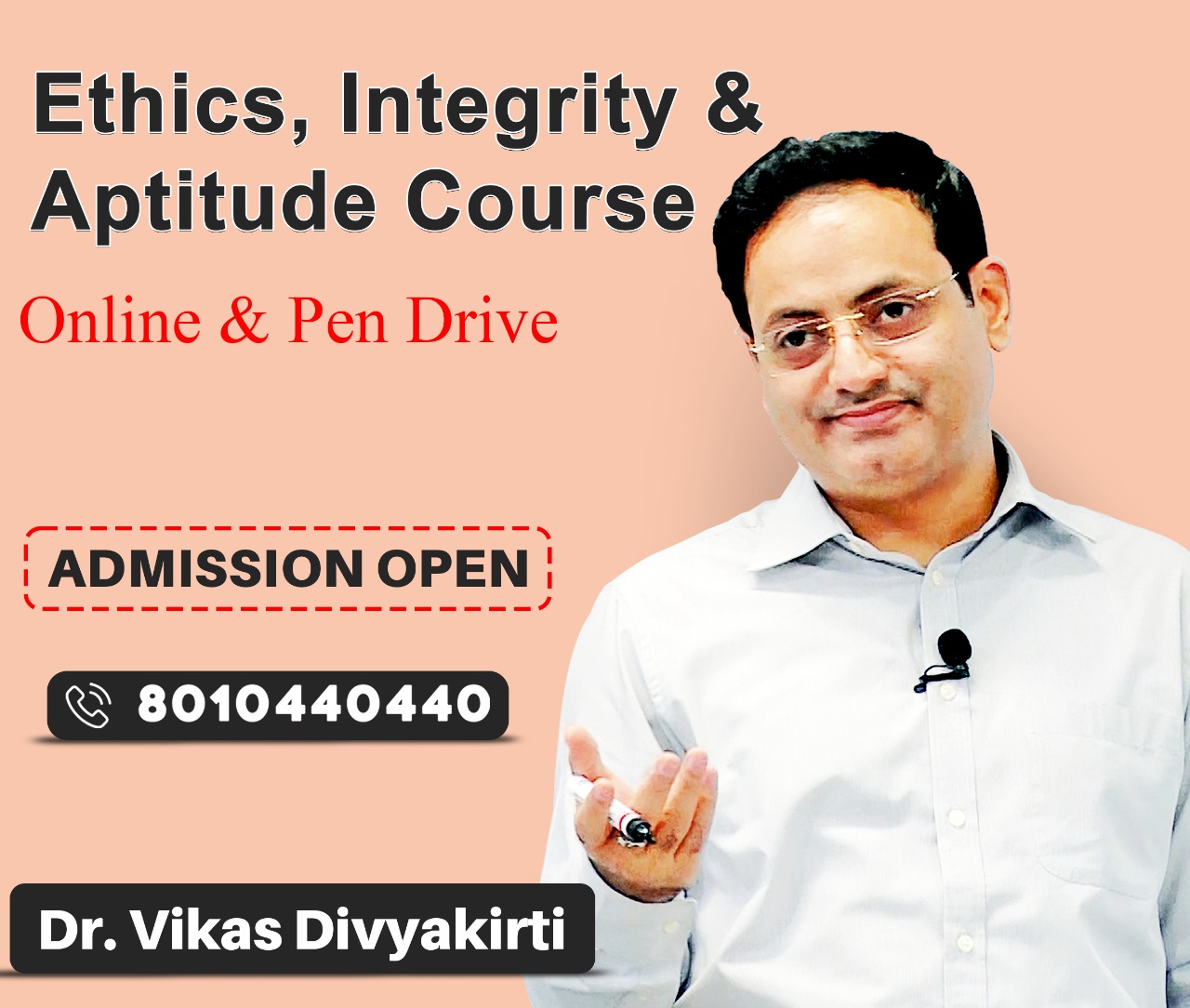
Science & Technology
Growing Demand of DNA Tests
For Prelims: Deoxyribonucleic Acid (DNA), DNA Testing, DNA technology.
For Mains: Deoxyribonucleic Acid (DNA), Importance of DNA Testing and DNA technology.
Why in the News?
Recently, the Supreme Court has expressed concern about growing uses of Deoxyribonucleic Acid (DNA)Tests in court cases.
What are the Issues involved?
- A growing number of complainants are asking for DNA tests. Such demands, according to the government laboratory, are growing by around 20% annually.
- Although the 3,000-odd DNA tests performed yearly by Indian laboratories are insignificant in comparison to the 70 other nations that rely on DNA Technology, the spike in demand contradicts worries about privacy and probable data abuse.
- DNA tests fall into a gray area in the pursuit of justice, bridging the gap between the 'eminent need' to uncover the truth, whether it be in the form of evidence in a criminal case, a claim of marital infidelity, or proving paternity. and the risks of slipping into self-incrimination and encroachment on individual privacy.
- This brings attention to the expanding use of technology for improving the process of justice but it also violates people's privacy
- As part of the right to life under Article 21, the Supreme Court acknowledged that bodily autonomy and privacy are part of fundamental right.
What is Deoxyribonucleic Acid (DNA)?
- Deoxyribonucleic acid (DNA) is an organic molecule with a complex molecular structure.
- DNA molecule's strands are made up of a long chain of monomer nucleotides. It is arranged in a double helix structure.
- James Watson and Francis Crick discovered that DNA is a double-helix polymer in 1953.
- It is essential for the transfer of the genetic characteristic of the living being from one generation to the other generation.
- The majority of DNA is found in the cell nucleus so it is called nuclear DNA.
- DNA stores data in the form of a code made up of four Nitrogenous bases.
- Purines:
- Adenine (A)
- Guanine (G)
- Pyrimidines
- Cytosine (C)
- Thymine (T)
- Purines:
What is the Use of DNA Testing?
- DNA testing is essential for identifying and bringing justice in cases involving abandoned mothers and children.
- It is also a highly effective technique in civil disputes when the court needs to determine the issue of maintenance and identify the child's parents.
What are the Precedents Set by Supreme Court in previous cases?
- Precedents set by the Supreme Court through the years show that judges cannot order genetic tests as a “roving enquiry” (Bhabani Prasad Jena, 2010).
- In the Banarsi Dass case, 2005, it held that DNA test must balance the interests of the parties. DNA tests DNA tests should also not be ordered if there was other material evidence at hand to prove the case.
- Before ordering a genetic test, courts should consider the "proportionality of the legitimate aims," the court stated in its Ashok Kumar judgment 2021.
- The ruling of the Constitution Bench in the K.S. The Puttaswamy case (2017) affirming that the right to privacy is part of the rights to life (Article 21) has only strengthened the privacy argument.
- In a case involving a woman, the Supreme Court recently ruled that forcing someone to submit to a DNA test against their will would violate their right to personal liberty and privacy.
UPSC Civil Services Examination Previous Year Question
Q. Consider the following statements:
- Genetic changes can be introduced in the cells that produce eggs or sperms of a prospective parent.
- A person’s genome can be edited before birth at the early embryonic stage.
- Human induced pluripotent stem cells can be injected into the embryo of a pig.
Which of the statements given above is/are correct?
(a) 1 only
(b) 2 and 3 only
(c) 2 only
(d) 1, 2 and 3
Ans: (d)
Exp:
- Germline gene therapy is the replacement of genes in egg or sperm cells with which an offspring inherits a new trait. It allows for the correction of disease-causing gene variants that are certain to be passed down from generation to generation. Hence, statement 1 is correct.
- CRISPR (Clustered Regularly Interspaced Short Palindromic Repeats) technology is employed to modify human embryos before they are transferred into women’s uterus. Recently, researchers had successfully created the world’s first geneticallyedited baby. By using CRISPR technology, the genomes of embryos were edited to disable a gene, CCR5, which allows HIV to infect cells. Hence, statement 2 is correct.
- Due to certain anatomical and physiological features shared with humans, the pig is considered an important animal model of human diseases with unique advantages in surgery and xenotransplantation studies. Hence, statement 3 is correct.
Therefore, option (d) is the correct answer.
Source: TH


Governance
Anti-Superstition Laws in India
For Prelims: National Crime Records Bureau, IPC, Drugs and Magic Remedies Act, 1954.
For Mains: Need for Anti-Superstition Laws in India.
Why in News?
The brutal murders as part of "ritualistic human sacrifices" of two women in Kerala have left the country in shock.
- The murders have sparked a debate about the prevalence of superstitious beliefs, black magic, and witchcraft in India.
What is Superstition?
- It is a belief related to ignorance or fear and characterized by obsessive reverence for reverence for the supernatural.
- The term 'Superstition' has been taken from the Latin word 'Superstitio', which indicates extreme fear of the god.
- Superstitions are not country, religion, culture, community, region, caste, or class-specific, it is widespread and found in every corner of the world.
What is Black Magic?
- Black magic, also known as witchcraft, is the usage of supernatural power for evil and selfish purposes and to perform malicious practices to destroy someone physically or mentally or financially.
- It can be done using the victim's hair, clothes, photo or looking directly into eyes.
How Pervasive are Superstitious Killings in India?
- As per the 2021 report of the National Crime Records Bureau (NCRB), six deaths were linked to human sacrifices, while witchcraft was the motive for 68 killings.
- The maximum number of witchcraft cases were reported from Chhattisgarh (20), followed by Madhya Pradesh (18) and Telangana (11).
- In 2020, India saw 88 deaths due to witchcraft and 11 died as part of ‘human sacrifices’, the NCRB report states.
What are the Related Laws in India?
- In India, there is no central law that exclusively deals with crimes related to witchcraft, superstition, or occult-inspired activities.
- In 2016, Prevention of Witch-Hunting Bill was introduced in the Lok Sabha, but it wasn’t passed.
- The draft provisions included punishment for accusing or identifying a woman as a witch, use of criminal force against a woman, or torture or humiliation on the pretext of performing witchcraft.
- Section 302 (punishment for murder) of IPC (Indian Penal Code) takes cognisance of human sacrifice, but only after the murder is committed, likewise, Section 295A works to discourage such practices.
- Article 51A (h) of the Indian Constitution makes it a fundamental duty for Indian citizens to develop the scientific temper, humanism and the spirit of inquiry and reform.
- Other provisions under the Drugs and Magic Remedies Act, 1954 also aim to tackle the debilitating impact of various superstitious activities prevalent in India.
What are the State-Specific Laws?
- Bihar:
- Bihar was the first State to enact a law to prevent witchcraft, identification of a woman as a witch and eliminate torture, humiliation and killing of women.
- The Prevention of Witch (Daain) Practices Act came into force in October 1999.
- Maharashtra:
- In 2013 Maharashtra enacted the Maharashtra Prevention and Eradication of Human Sacrifice and Other Inhuman, Evil and Aghori Practices and Black Magic Act, which banned the practice of human sacrifice in the state.
- A section in the legislation specifically deals with claims made by ‘godmen’ who say they have supernatural powers.
- Karnataka:
- Karnataka effected anti-superstition law in 2017 known as the Karnataka Prevention and Eradication of Inhuman Evil Practices and Black Magic Act.
- The Act comprehensively counters "inhumane" practices linked to religious rituals.
- Kerala:
- Kerala does not have a comprehensive Act to deal with black magic and other superstitions.
What is the Need for Country-Wide Anti-superstition Act?
- Allowing the unhindered continuance of such practices violates an individual’s fundamental right to equality and right to life under Articles 14 and 21 of the Indian Constitution respectively.
- Such acts also violate several provisions of various international legislations to which India is a signatory, such as the ‘Universal Declaration of Human Rights, 1948’, ‘The International Covenant on Civil and Political Rights, 1966’, and ‘Convention on the Elimination of All Forms of Discrimination against Women, 1979’.
- Only eight states in India have witch-hunting legislations so far.
- These include Bihar, Chhattisgarh, Jharkhand, Odisha, Rajasthan, Assam, Maharashtra and Karnataka.
- In the absence of measures to tackle superstitions, unscientific and irrational practices such as faith healing, quackery, and misinformation regarding medical procedures can also balloon up, which can have severe detrimental effects on public order and health of citizens.
Way Forward
- It is pertinent to remember that bringing a legislation to deal with this social issue shall only mean half the battle won.
- A meaningful reform will need to increase awareness among the masses through information campaigns, and by roping in community/religious leaders to debunk the myths surrounding such practices.
Source: TH
Governance
Center Restricts use of Glyphosate
For Prelims: Glyphosate, Herbicide, Insecticides Act of 1968
For Mains: Environment and Health Problems related to use of Herbicides, Pesticides.
Why in News?
The Ministry of Agriculture and Farmers Welfare has restricted the use of glyphosate, a widely used herbicide, citing health hazards for humans and animals.
- The new notification mandates that all certificates of registration for the chemical that companies have to get for its manufacture or sale have now to be returned to the registration committee.
- Failure to do so will result in appropriate action being taken under the Insecticides Act of 1968.
What is Glyphosate?
- About:
- It is an Herbicide, developed in 1970.
- Herbicide is an agent, usually chemical, for killing or inhibiting the growth of unwanted plants, such as residential or agricultural weeds and invasive species
- Its scientific name is N-(phosphonomethyl) glycine under the International Union of Pure and Applied Chemistry (IUPAC) system of nomenclature.
- It is an Herbicide, developed in 1970.
- Application:
- It is applied to the leaves of plants to kill weeds.
- Usage in India:
- Glyphosate was highly accepted by the tea planters in the past two decades. It has a very good market size in the tea sector of West Bengal and Assam.
- Presently, its consumption is highest in Maharashtra as it is becoming a key herbicide in sugarcane, maize and many fruit crops.
What are the Concerns?
- Health Impacts:
- Health impacts of glyphosate range from cancer, reproductive and developmental toxicity to neurotoxicity and immunotoxicity.
- Symptoms include irritation, swelling, burning of the skin, oral and nasal discomfort, unpleasant taste and blurred vision.
- Some 35 countries have banned or restricted the use of glyphosate.
- These include Sri Lanka, Netherlands, France, Colombia, Canada, Israel and Argentina.
- Health impacts of glyphosate range from cancer, reproductive and developmental toxicity to neurotoxicity and immunotoxicity.
- Illegal Use:
- In India, glyphosate has been approved for use only in tea plantations and non-plantation areas accompanying the tea crop. Use of the substance anywhere else is illegal.
- However, a 2020 study by Pesticide Action Network (PAN) India on the state of glyphosate use in the country had worrying findings, glyphosate was being used in more than 20 crop fields.
- Majority of those using the weedicide were not trained for doing so and did not have the appropriate safety precautions.
- Threatens Agro Ecological nature of Farms:
- The rampant use of glyphosate in non-designated areas has severe consequences.
- Allowing continued use of glyphosate in India will contribute to widespread use of illegal herbicide tolerant crops.
- This will endanger the agroecological nature of Indian farms, apart from spreading the toxic effects to people, animals and the environment.
UPSC Civil Services Examination Previous Year Question
Q. In India, the use of carbofuran, methyl parathion, phorate and triazophos is viewed with apprehension. These chemicals are used as (2019)
(a) pesticides in agriculture
(b) preservatives in processed foods
(c) fruit-ripening agents
(d) moisturising agents in cosmetics
Ans: (a)
Exp:
- To promote organic farming, Department of Agriculture, Kerala, has ordered a ban on the use of around 17 pesticides since 2011.
- List of Banned Pesticides
- Insecticides: Cabofuran, Methyl Demeton, Methyl Parathion, Monocrotophos, Phorate, Methymol, Prophenofos, Triazophos, Endosulfan
- Fungicides: MEMC, Ediphenphos, Tricyclazole, Oxythioquinox
- Weedicides: Anilophos, Paraquat, Thiobencarb, Atrazine
- Therefore, option (a) is the correct answer.
Source: DTE

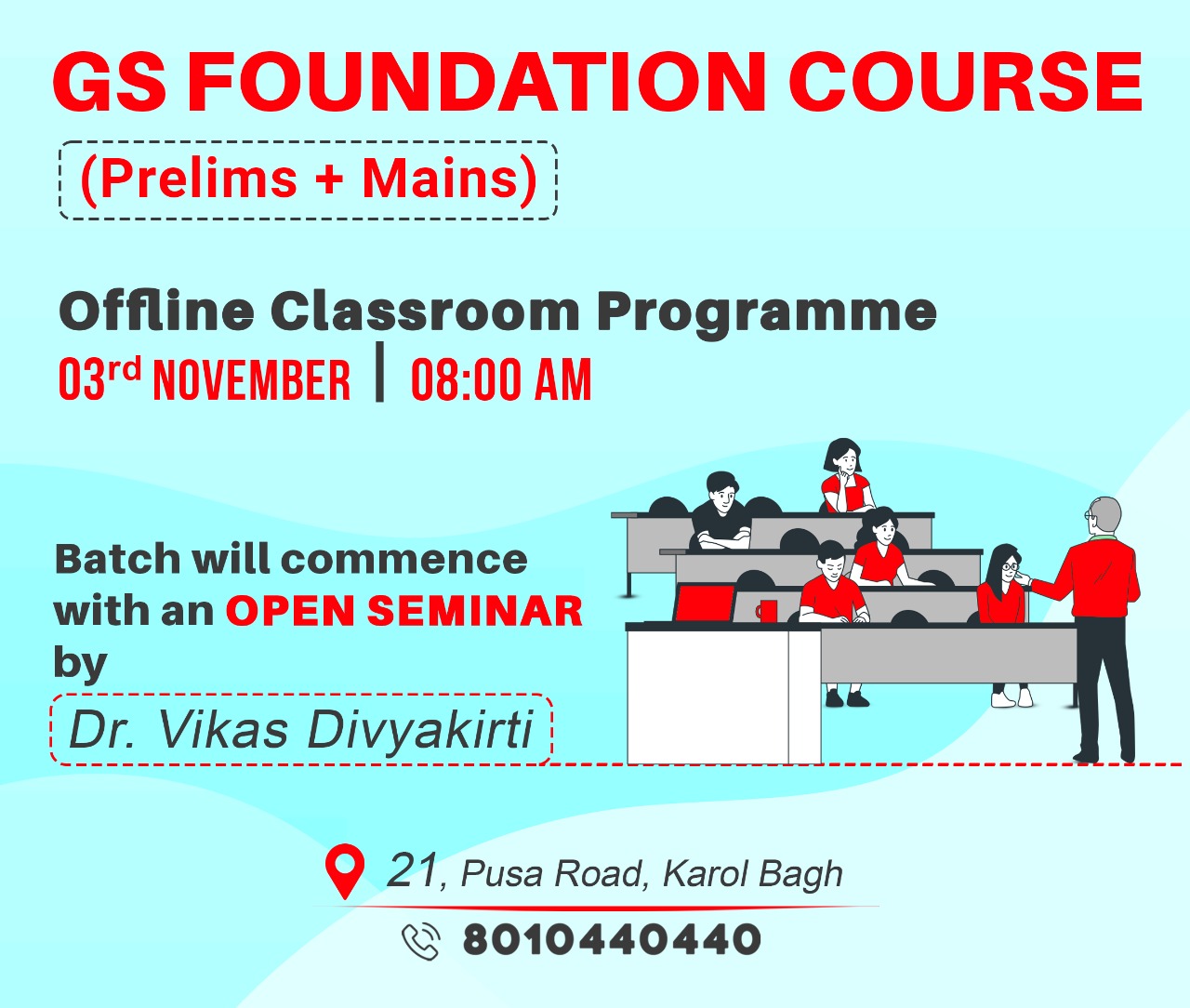
Important Facts For Prelims
Football4Schools Initiative
Why in News?
Recently, the Ministry of Education has signed an MoU with Federation Internationale de Football Association (FIFA) and All India Football Federation (AIFF) for the ‘Football4Schools’ initiative in India.
What is Football4Schools Initiative?
- About:
- The Football4Schools program is a step towards translating Prime Minister’s vision of making sports a way of life as well as creating well-rounded citizens.
- It aims to empower 25 million young boys and girls in India through sports-integrated learning.
- It espouses the spirit of National Education Policy (NEP), 2020.
- Objectives:
- Empower learners (boys and girls) with valuable life skills and competencies.
- Empower and provide coach-educators with the training to deliver sport and life-skills activities.
- Build the capacity of stakeholders (Schools, Member Associations and public authorities) to deliver training in life skills through football.
- Strengthen the cooperation between governments and participating schools to enable partnerships, alliances and intersectoral collaboration.
What is FIFA?
- About:
- FIFA is the highest governing body of football in the world.
- It is the international governing body of association football, futsal, and beach soccer.
- FIFA is a non-profit organisation.
- Founded in 1904, FIFA was launched to oversee international competition among the national associations of Belgium, Denmark, France, Germany, Netherlands, Spain, Sweden, and Switzerland. FIFA now comprises 211 member nations.
- It is headquartered in Zurich, Switzerland.
- Objectives:
- The primary objective of FIFA is to spread football internationally and promoting integrity and fair play.
- It is responsible for the organization and promotion of international tournaments, including the men’s World Cup, which started in 1930, and the women’s World Cup, which began in 1991.
- It is affiliated with the International Olympic Committee and is also a member of the International Football Association Board, which is responsible for setting the rules of football.
- Six Regional confederations affiliated with FIFA:
- The Asian Football Confederation (AFC) is the governing body for Asia and Australia.
- Confederation of African Football (CAF),
- Confederation of North, Central American and Caribbean Association Football (CONCAF),
- Confederation Sudamericana de Fútbol (CONMEBOL) is the South American federation,
- Oceania Football Federation (OFC) has 14 members including New Zealand,
- Union of European Football Associations (UEFA) is the governing body for Europe.
What is AIFF?
- The AIFF is the organization that manages the game of association football in India.
- It administers the running of the India national football team and also controls the I-League, India's premier domestic club competition, in addition to various other competitions and teams.
- The AIFF was founded in 1937, and gained FIFA affiliation in the year 1948, after India's independence in 1947.
- Currently, it has an office in Dwarka, New Delhi. India was one of the founding members of the Asian Football Confederation in 1954.
Source: PIB

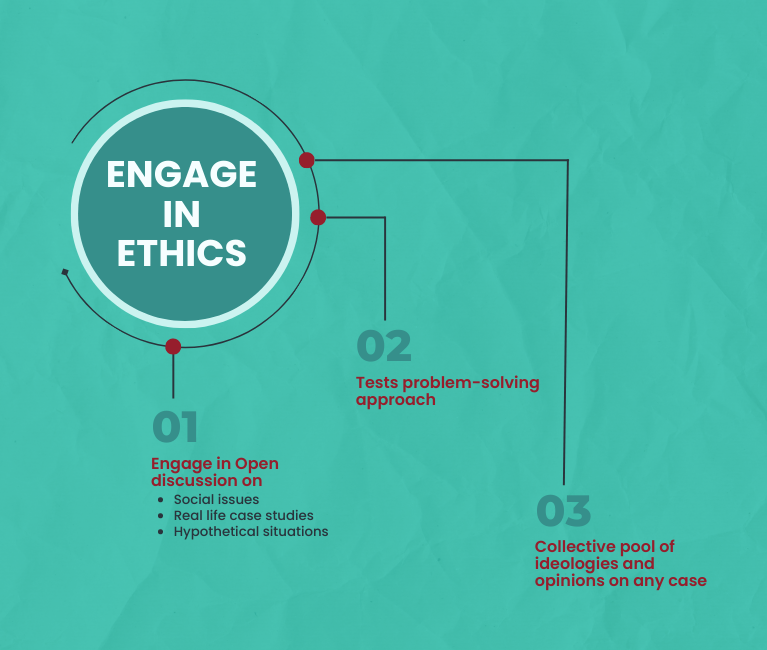
Important Facts For Prelims
IMT TRILAT
Why in News?
Recently, the Indian Navy participated in the first edition of India-Mozambique-Tanzania Trilateral Exercise (IMT TRILAT), a Joint Maritime Exercise among the Indian, Mozambique and Tanzanian navies commenced at Dar Es Salaam, Tanzania.
What are the Key Highlights of the Exercise?
- India’s Participation:
- The Indian Navy is represented by the guided missile frigate, INS Tarkash, a Chetak helicopter and MARCOS (Special Forces).
- Objectives:
- Capability development to address common threats through training and sharing of best practices.
- Enhancing interoperability.
- Strengthening maritime cooperation.
- Significance:
- These exercises reflect India's and the Indian Navy's commitment to enhancing maritime security and cooperation with maritime neighbours in the Indian Ocean Region and promoting SAGAR, Safety and Growth for All in the Region.
Source: PIB

